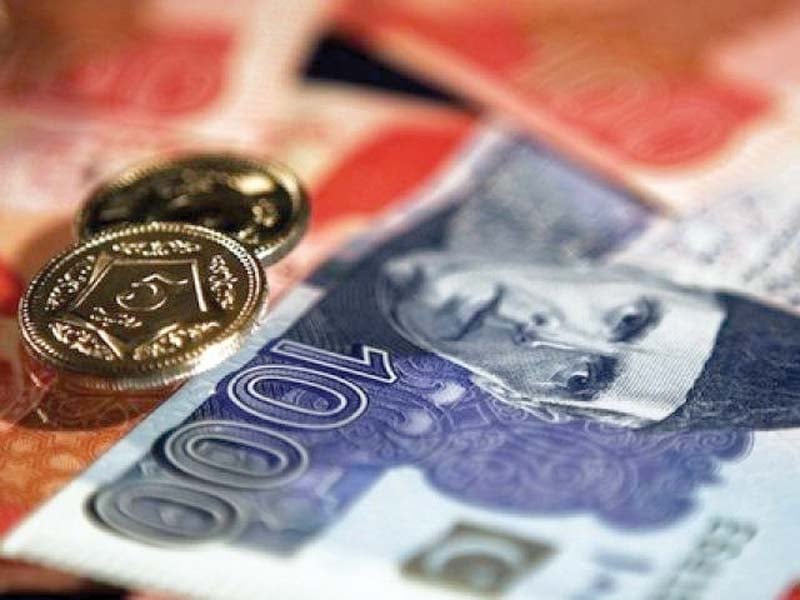
According to the April 2016 IMF publication ‘Fiscal Monitor’, Pakistan has a huge potential in growth of its revenues and they are estimated to increase to 17.7% of GDP by 2020. This has also been reiterated by a recent IMF working paper which has comprehensively dealt with the issue of fiscal reform and tax mobilisation. It has claimed that one of the foremost challenges that Pakistan faces is to generate more revenue by developing a modern tax system without penalising economic growth or exacerbating income inequality.
Indian parliament passes historic tax reform bill
The country’s tax revenues are highly skewed towards indirect taxes which account for about two thirds of tax revenue. The share of direct taxes has increased to about 38% in recent years from a meager 18.5% during the first half of 1990s but it is still unfavorable compared to other developing countries.
The low level of direct tax mobilisation is due to weak compliance and enforcement and abundant tax exemptions. Provincial tax revenues also remain small as agriculture, services and real estate sectors remain significantly under-taxed.

Similarly, the number of tax payers remains small. Out of a total of 60,000 companies registered as commercial and industrial tax payers, the active numbers of tax filers remain 27,000. The story remains the same with regards to the sales tax regime. The active number of entities registered for the general sales tax is 178,190 out of a total of 1.4 million retailers and 3.4 million commercial and industrial electricity users. With the given tax structure which indicators can be used to gauge revenue performance of the country over time?
Revenue performance
Revenue performance can be attributed to changes in both tax system and tax base. Tax buoyancy is a useful measure that explains how tax revenue changes with changes in the tax base. Tax buoyancy in Pakistan has exhibited considerable volatility which is reflective of tax policy changes besides being affected by administrative challenges, political crises and economic difficulties on account of tax payer behavior.
Pakistan's current tax regime favours elite, says tax reforms report
Another important measure is tax efficiency-measured as tax revenue over GDP divided by the standard tax rate. It is an appropriate measure of revenue mobilisation efforts. Tax efficiency in Pakistan has increased over the past three years on account of an agreement between Federal Board of Revenue and the provinces to collect revenue on their behalf.
The IMF’s working paper has analysed the behavior of tax revenues over time in the context of economic cycles and tax policy changes. The paper finds that in the long run tax revenue increases by about 1.3% with an increase in 1% in GDP. Disaggregating this tax revenue into commercial and industrial, provincial taxes and general sales tax reveals that only the sales tax increased by about 1.5% with a 1% increase in GDP while all other tax sources underperform.
Comparing the results obtained for Pakistan to other developing countries reveals that the country’s revenue elasticity is well under, almost about 40% below the average for other developing countries.
The way forward
Although the tax to GDP ratio has increased to 12.4% of GDP in 2016, there is still room for undocumented and under taxed sectors to be brought to the tax net. Tax reform includes strengthening tax administration over all layers of government. A crucial factor under consideration should also be that while the revenue yield is being increased the tax regime should be fair and efficient.
The writer is an economist and ex-central banker
Published in The Express Tribune, September 5th, 2016.
Like Business on Facebook, follow @TribuneBiz on Twitter to stay informed and join in the conversation.

1732184775-0/BeFunky-collage-(80)1732184775-0-165x106.webp)

1731933289-0/BeFunky-collage-(68)1731933289-0-165x106.webp)













COMMENTS (3)
Comments are moderated and generally will be posted if they are on-topic and not abusive.
For more information, please see our Comments FAQ